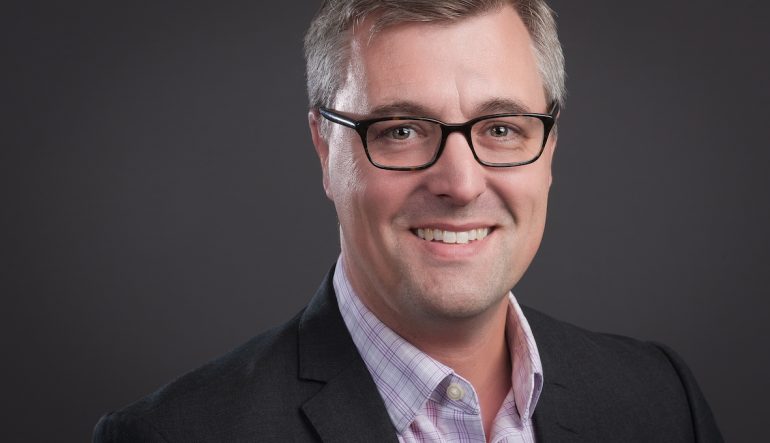Dr Steven Brooks joins RRR as Chief Medical Officer
Emergency physician and resuscitation scientist, Dr Steven Brooks has joined Australian MedTech start-up Rapid Response Revival as Chief Medical Officer.
Dr Brooks is among the world’s most strident advocates for better solutions to prevent sudden cardiac death. A prolific researcher into emergency response to out-of-hospital cardiac arrest, Dr Brooks has joined Rapid Response Revival to lend his expertise and experience to aid adoption and ongoing development of the world’s first personal defibrillator, CellAED®.
Dr Brooks’ front-line exposure to the impact of sudden cardiac arrest during his early years as an emergency physician led him to active participation on the Emergency Cardiovascular Care Committee of the American Heart Association and American Stroke Association, where he served for more than ten years. He currently serves on the Resuscitation Advisory Committee of the Heart and Stroke Foundation of Canada.
Dr Brooks also served on the Basic and Advanced Cardiac Life Support Taskforces of the International Liaison Committee on Resuscitation (ILCOR) for two decades, providing him an international perspective on the issues that have dominated the focus of his career to-date.
“Out-of-hospital cardiac arrest is a scourge that humankind has yet to effectively tackle. It kills millions of people every year and has continued to do so despite the best efforts of the resuscitation science community, governments, communities and the medical profession.
“What we know is that even the best emergency response systems on the planet cannot address this problem on their own. Right now, the chances of surviving an out-of-hospital cardiac arrest comes down to luck. Were you lucky enough that someone witnessed your event? Did that person know how to recognise sudden cardiac arrest, and did they know CPR? Was an AED nearby, and did a bystander know how to use it?
“Solving the sudden cardiac death crisis requires taking luck out of the equation. It means improving the ability of everyone around us to recognise sudden cardiac arrest; increasing CPR literacy in our communities; and significantly escalating access to lifesaving defibrillation in our homes, workspaces and in public,” Dr Brooks said.
As Chief Medical Officer, Dr Brooks will steer Rapid Response Revival’s integration of CellAED with efforts to improve bystander response to out-of-hospital cardiac arrest worldwide.
While his immediate focus will be on territories where CellAED® is approved for use, such as the EU, UK, Australia and New Zealand, Dr Brooks’ focus will expand as CellAED® is adopted by medical device regulators in other parts of the world.
“The global resuscitation science community has been waiting for something like CellAED® for decades – a smart, handheld, easy to use, low-cost personal defibrillator. We’ve wanted it, because it addresses some of the biggest barriers to saving lives from out-of-hospital cardiac arrest.
“Sudden cardiac arrest kills in minutes. The most effective method of saving a life from sudden cardiac arrest is with CPR and a defibrillator – and yet, only 3 per cent of all out-of-hospital cardiac arrest patients receive the benefit of early defibrillation with an AED. This is because there are too few defibrillators in our communities, and conventional AEDs are too expensive to be a realistic option for homes, where most out-of-hospital cardiac arrests occur.
“I have taken up this role because CellAED® can address all of these barriers. It represents an opportunity to make access to lifesaving defibrillation ubiquitous in our homes, workplaces and communities. Every time we can ensure a CellAED® is near someone experiencing a sudden cardiac arrest, we have a much better chance of saving them,” Dr Brooks added.
ENDS



